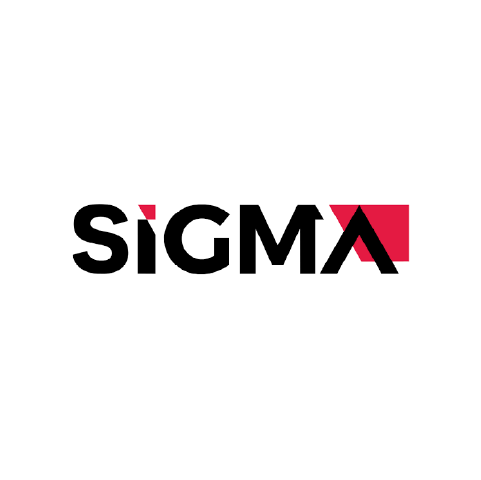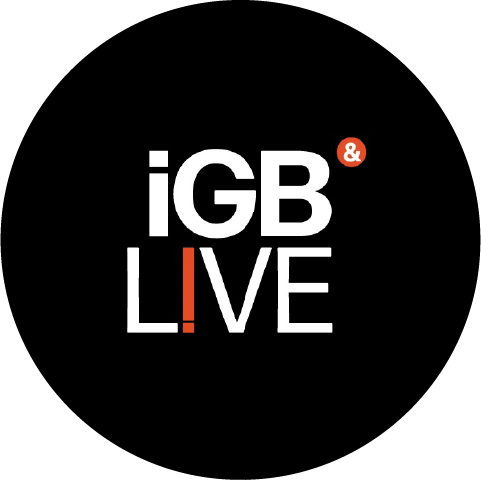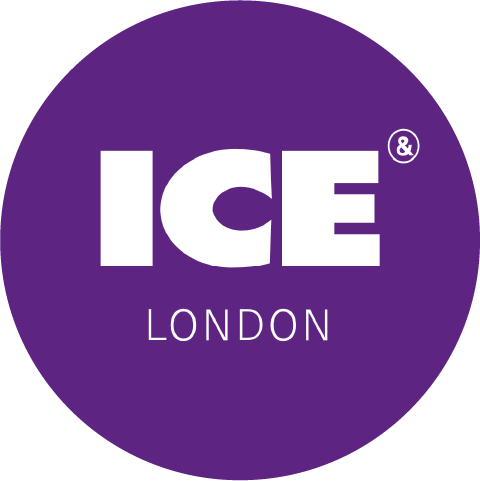If you are in the business world, you have probably often heard the term "Client Due Diligence" (CDD). It is a hot topic, and for a good reason! CDD is an essential process that helps you verify your clients' identities and ensure they are who they claim to be.
CDD aims to establish effective mechanisms that help you identify prospects, clients, and beneficial owners. By doing so, you can verify their identities, determine if they are acting on behalf of someone else, and understand the nature and purpose of your business relationship with them. You will also need to keep reviewing the relationship over time.
Regulators in most countries have strict requirements for CDD, making it a tedious and time consuming task. But don't worry; we are here to help! Our expert team can guide you through the process and ensure you comply with all the regulations.
TM is a critical process that involves reviewing client transactions, including historical and current client information and interactions. The goal is to have a complete picture of the client's activity. This is vital because although the company's directors are typically aware of the transactions going in and out of bank accounts, it is vital to regularly check that the appropriate agreements and invoices accompany such transactions. Additionally, payments should align with the company's activities and ongoing plans.
As a licensed corporate service provider, we must verify that our client's accounts comply with regulatory requirements. This includes the reviewing of all financial transactions. It is also a legal requirement depending on one's country of registration and is regularly required by banking partners in EU and non-EU countries. This process helps identify potential issues or faulty payments going through the company accounts, ultimately facilitating the process of bookkeeping, financial statements and audits.
BY MONITORING TRANSACTIONS, WE CAN:
- Identify transactions or behavior that differ from the usual pattern of transactions, don't fit within the client profile, or are not in line with what is typically expected from the client. This would invoke further questioning.
- Identify suspicious activity.
- Determine whether the initial Client Risk Assessment requires updating and whether the business remains within our risk appetite given the updated assessment or other considerations. If so, we determine whether the level of CDD would need adjustment.
Identity and Verification (ID&V) is a crucial process that licensed institutions must implement, especially when dealing with individual customers. This process allows institutions to verify the true identity of their customers, ensuring that they are not acting under a fictitious or stolen identity.
The identification process involves obtaining personal or identifying details about the person. In contrast, the verification process involves verifying the client’s identity based on documentation, data, or information obtained from reliable and independent sources.
With the ID&V process, companies can establish and be satisfied that they know and have verified their client’s true identities, ensuring they are not acting anonymously.
Our expertise allows us to guide you through the process and make it as smooth and efficient as possible.
The ID&V measures will depend on whether the client is a natural person, body corporate, body of persons, or any other legal entity or arrangement.
We offer this service to our customer’s suppliers or customers, even if it is not a requirement for their company. Many businesses invest in ID&V to reduce risks, guarantee a best practice approach, and know their contracting party.
Anti-Money Laundering (AML) screening is a critical method that we use to assess risk for both our existing and potential customers, in line with AML guidelines. Through this screening, we verify that they are not listed in any sanctions lists, Politically Exposed Persons (PEP) lists, banned or wanted lists, or have any adverse media data.
When screening a third party, whether an individual or a corporation, we compare their name with information found online and on official watch lists to verify they have not had any legal action taken against them or pending trials. We also check that their known business activities match the information found online.
As a licensed corporate service provider, we are committed to continuously keeping abreast of any potential threats that may emerge from the screening process. We have internal and external reporting procedures to report any knowledge or suspicion of money laundering and terrorist financing or that funds or property are proceeds of criminality to relevant government agencies such as the Financial Intelligence Analysis Unit (FIAU).
We also offer AML screening services to our client's customers and the third parties they deal with, such as when signing an agreement with a supplier or customer. This helps safeguard companies against third parties they should avoid doing business with.
Due diligence (DD) is a process used to verify the identity and credibility of an individual or entity. Although it may be a legal requirement for some companies depending on their country of registration or licensing, many companies voluntarily adopt this process as a commonly recognized approach to minimize risks when conducting business with third parties.
We provide global Due Diligence checks that involve an evaluation process to assess the level of risk linked to the third party. Afterward, we collect the necessary DD documents based on the company's onboarding policies and the evaluation results.
As a licensed corporate service provider, we have internal compliance procedures to warrant that we collect essential information and supporting documentation to ascertain the true identity of prospects and their Beneficial Owners (BO) or Senior Managing Officials. This procedure includes verifying the client's identity, establishing the purpose and nature of the business relationship, and conducting a Client and Jurisdictional Risk Assessment. We also carry out ongoing monitoring to make sure that our risk profile remains up-to-date.
The Client Risk Assessment determines the level of DD required for each client, classifying the risk as low, medium or high. Each level of risk is accompanied by a corresponding level of DD to be conducted, ranging from simplified to enhanced CDD collection.
SIMPLIFIED DUE DILIGENCE
(SDD)

STANDARD DUE DILIGENCE
(SDD)

ENHANCED DUE DILIGENCE
(SDD)

CDD allows us to evaluate whether a potential client aligns with our risk appetite and gain a comprehensive understanding of their business profile. It enables us to effectively monitor their activities and quickly identify any transactions that may fall outside their typical pattern, which could be indicative of money laundering, financing of terrorism or proceeds of criminal activities. By employing CDD, we can avoid potential risks and establish a secure and trustworthy relationship.
By engaging our Due Diligence services, you can rest assured that you are partnering with a reliable and trustworthy service provider.
In today's world, financial institutions and other regulated entities are responsible for ensuring that their customers are legitimate and not involved in any criminal activities. This is where KYC (Know Your Customer) and AML (Anti-Money Laundering) come into play. KYC and AML regulations require financial institutions to clearly understand their customers, their dealings, and the source of their funds (SOF) to prevent financial crimes.






















